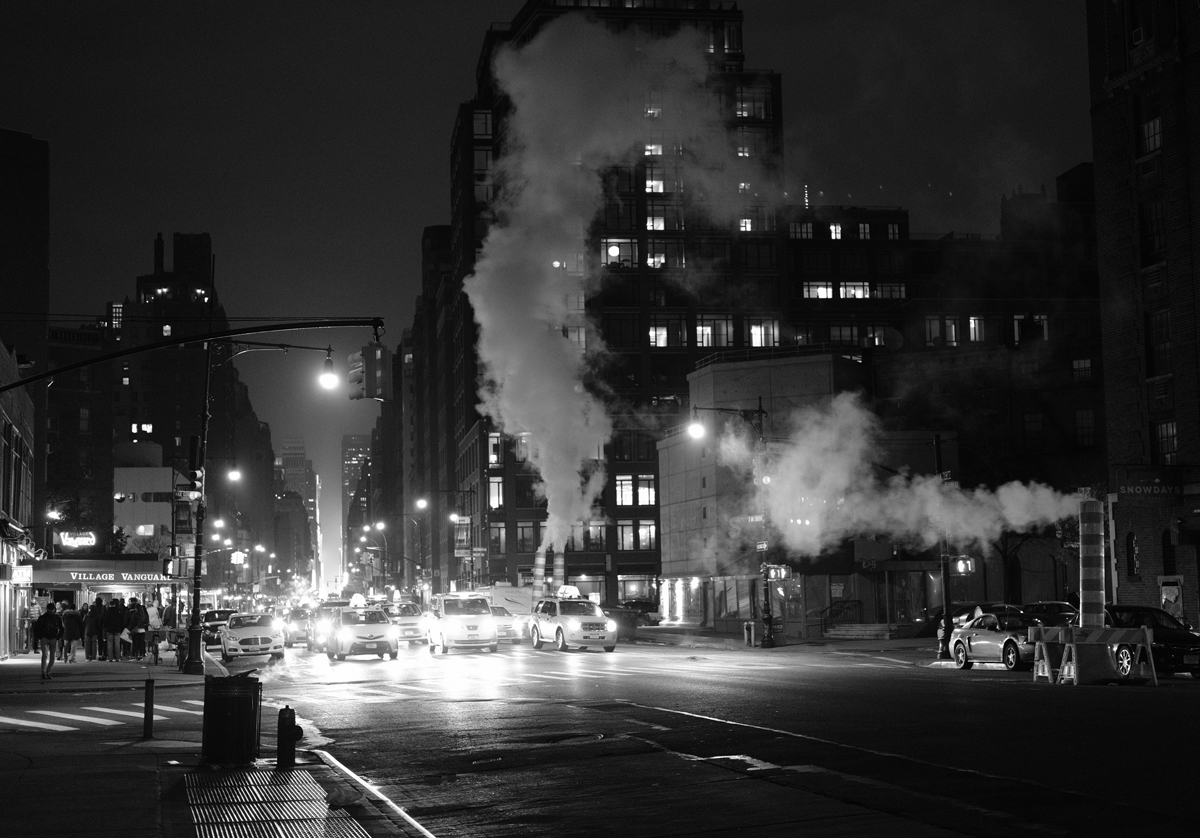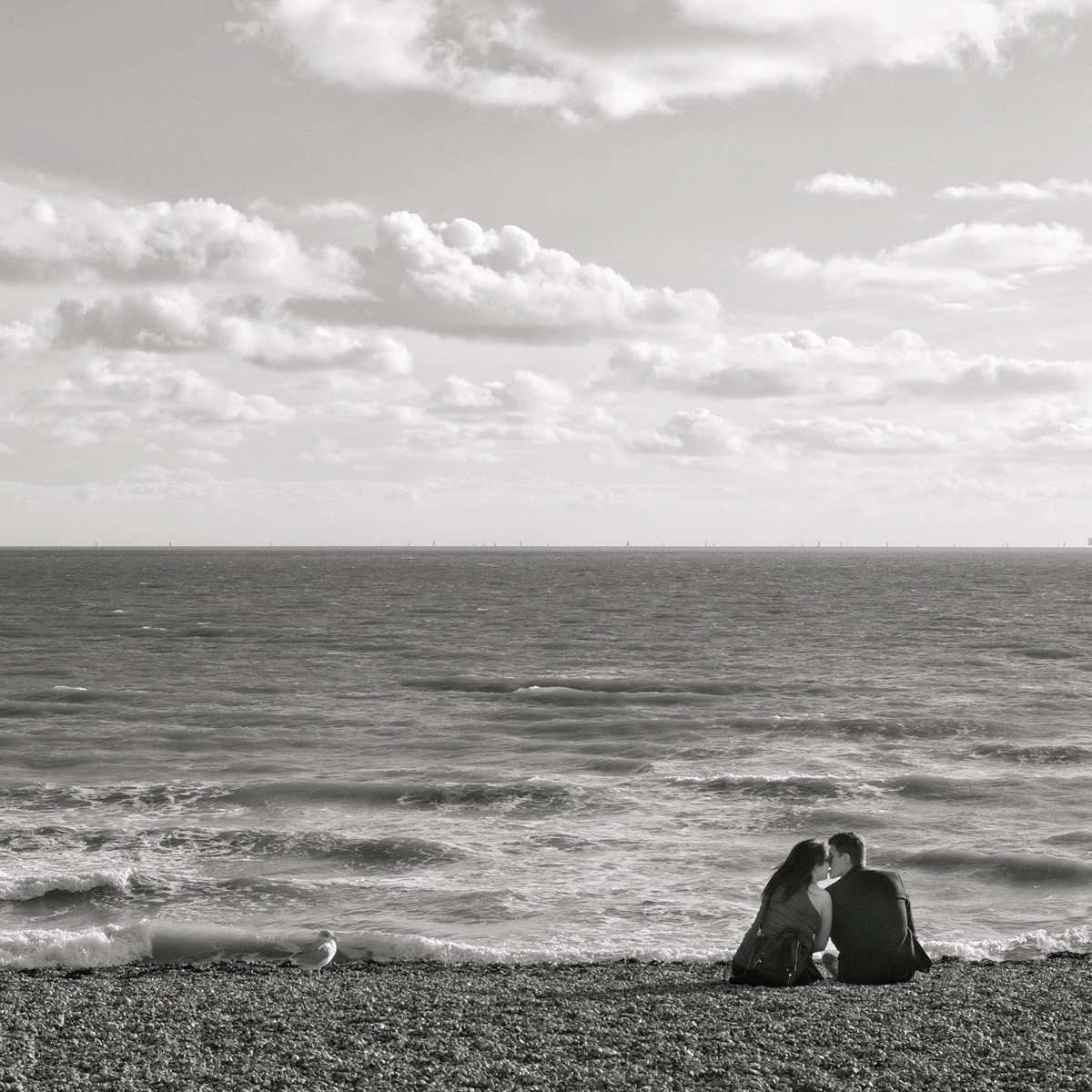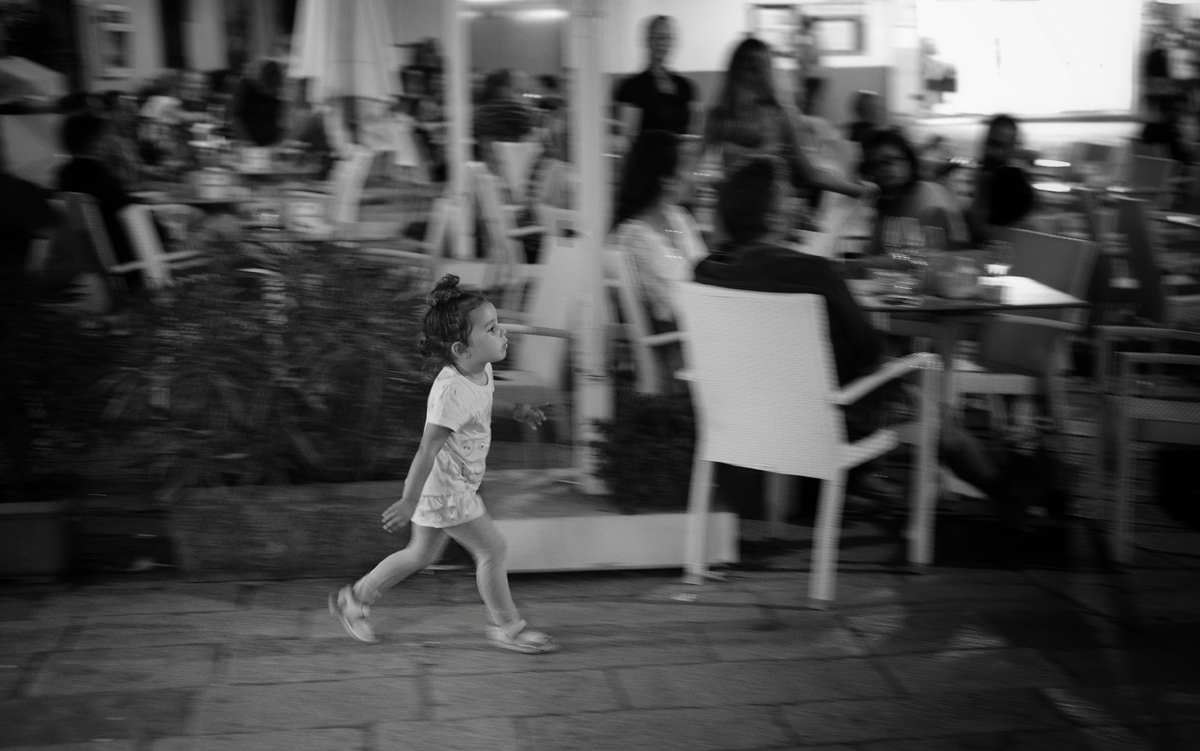Let’s go back to “Analogue”
No I’m not serious. Well maybe just a little. I was brought up on Analogue. I fell in love with photography decades ago when I was 14 and my father took me to Hamlyn’s toy store in London and bought me my first darkroom kit. I was eager to develop my first photograph in the bathroom of the flat we had rented, and I was hooked.
I’ve been taking, developing and printing photographs since I was that teenager years ago. And I enthusiastically embraced the digital revolution. Not only because I am a geek at heart, but because it was so liberating. I went from darkroom to Lightroom. I had full creative control of my photograph. I could click away to my heart’s content. What’s there not to like? Going on a trip? No need to estimate how many packs of film I had to take with me (which was always, by some quirky Law of Nature, one less than I needed). Today there’s a plethora of new categories of cameras and equipment, with capabilities that would have boggled the mind of the teenager that I was.
And yet.
It started when my (millennial) daughter wanted to try her hand at instant photography with Fujifilm’s Instax series of cameras. I was intrigued. Why would someone raised on digital, with all the convenience this entails want to “go back”? But I encouraged her. And as always, I learnt much from watching my kids. Her first surprise was when she finished the pack of film (10 photos) in about 3 minutes flat, and photography basically stopped. The second surprise was the discovery of the price of film. This was a far cry from the “free” digital photographs. Subsequently, she really took her time before pressing the shutter. She ensured the light was right, the settings were correct, and composition was impactful. And I must say, I loved her photographs.
A few weeks later she was contemplating buying a printer that took Instax films. So instead of loading the camera with film, you load the printer, hook it up your device, choose the photo from your gallery and get it printed on “instant film”. The printer wasn’t very expensive, and she asked for my opinion. I discouraged her from buying it. Because the beauty of instant photography is in the concentration you put in each photograph. You think before you click. We lost that in the move to digital. Click away, and one of these photographs will be good enough, right? And if not, well you can always recover it in post-production. By loading a printer with instant film, you might gain in convenience and flexibility, but you lose on the creative process. I think I saved her about $150 and I continue to enjoy her instant photography.
In an unrelated series of events, I felt I was getting in a funk with my photography, losing the passion. So in a Kondo-esque move, I got rid of all my equipment and started from scratch. It was a radical move in which I replaced a plethora of Nikon equipment with one Fujilfim X-Pro2 and one prime lens (35mm f2). That’s it. The camera appealed to me with its retro design, and its buttons and dials in all the traditional places (no need to rummage through menus). I loved the optical viewfinder, with the ability to go digital as well. But that retro exterior belies some serious technology below the surface. And I liked how Fujifilm had leveraged their expertise and long experience of manufacturing film. They were able to emulate their films digitally inside the camera. (Now here’s a company who knew how to navigate the meanders of digital transformation – but that’s another story). The camera was a departure for me in one other respect. I had always used SLRs, with the viewfinder in the middle. The rangefinder type body of the X-Pro2 has the viewfinder to the (left) side. This might sound insignificant, but after decades of habit and routine, it took me a little while to stop putting the X-Pro2’s viewfinder to my left eye – the one that was closed. But now I do like the fact that I’m not hiding completely my face from view when I take pictures. It might be in my mind only, but I do believe it helps when taking pictures of people in the street.
I started using my camera in the same way my daughter was using her Instax film. I took extreme care not to “machine gun”, and especially not to check the photo after every click (I disabled that feature). I loved the sense of anticipation when I finally checked the results back home. I “loaded” the camera with Fujifilm’s Acros black-and-white film. By doing so, I was committed to black-and- white (you can turn a colour photo to b/w, but not the other way round). Many were surprised by that decision. But I realised that I shoot and see the world differently when I know I’m shooting in black-and-white. Just like in the “old days”. I also liked the texture and grain of Acros. (It’s a new film for me, having been a Tri-X fan for so long). Many were also surprised by my choice of a prime lens. What if I wanted to zoom in? Well then I’ll just need to move in closer. And finally I turned almost exclusively to street photography, a subject in which I had no prior experience, having had much apprehension of taking pictures of people. It was a major challenge.
By going back to basics, I imposed on myself many constraints and gave myself new challenges. But I had so much fun in the process. I felt reinvigorated. I had lost much in terms of flexibility, it is true, but I realised that constraints actually beget creativity. Constraints force you to think “out of the box”. Flexibility breeds laziness.
Do I want to go back to analogue? The convenience and flexibility that digital photography provides me are wonderful, and I would certainly not want to go back. But these two experiences taught me to contemplate the impact of digital in our lives, beyond photography. I learnt that it is important for us to seriously consider how we use technology. We need manage it, and not have it manage us. Let us distill from technology what is best and discard the rest. Let us not go back to analogue, but let us instead “emulate” analogue.
For yes, flexibility is a wonderful asset. But I often find that what’s easy is also not satisfying.
JOIN OUR FACEBOOK GROUP

Addicted to photography, technology and flying, Hani Dabbagh is happiest when he is using all three. A Palestinian-Swiss, Hani works in the high tech industry and is married, with two grown children, from whom he learns a lot.

















